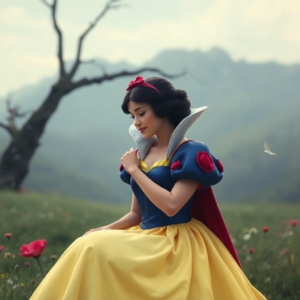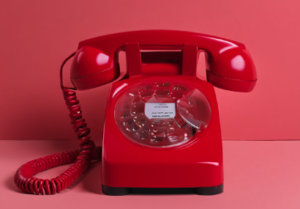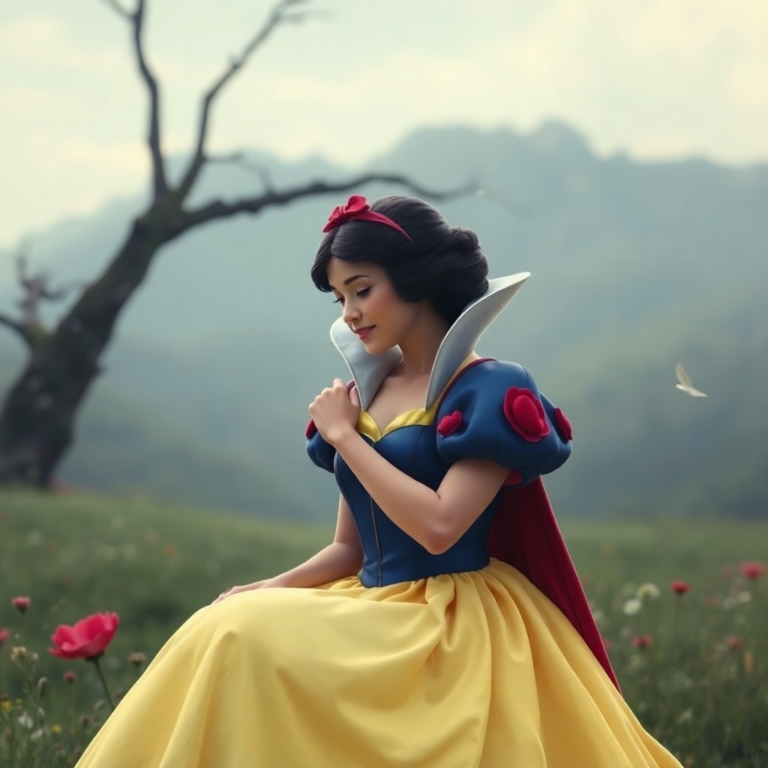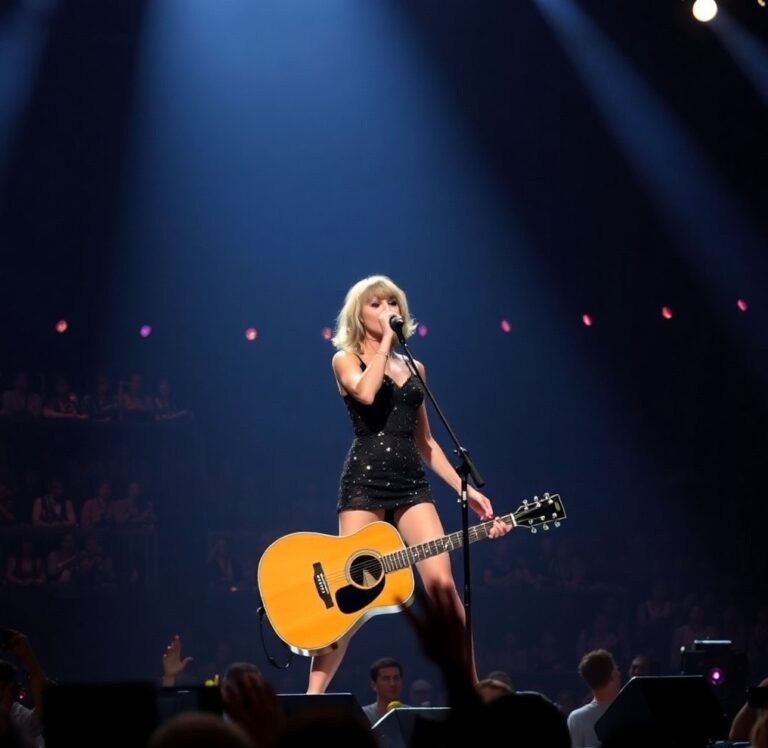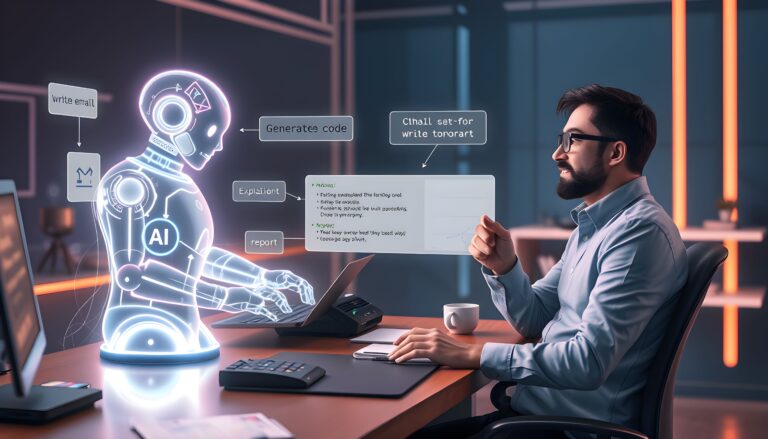Fifteen years ago, the music industry witnessed one of the most iconic collaborations in pop history: Lady Gaga and Beyoncé’s “Telephone.” Released in 2010, the song became a global sensation, blending electronic dance beats with a captivating storyline that was expanded in its legendary music video. Even after a decade and a half, the song remains a cultural milestone, continuing to inspire artists and spark discussions about its impact.
What made “Telephone” stand out was not just its infectious melody and dynamic production, but also its cinematic visual storytelling. The music video, directed by Jonas Åkerlund, elevated the song into a mini-Hollywood film, incorporating high fashion, crime drama, and a rebellious escape narrative. It pushed the boundaries of music videos, setting a new precedent for how pop stars could merge storytelling with their musical artistry.
As we celebrate the 15th anniversary of “Telephone” in 2025, its influence can still be felt in the industry. From its impact on visual storytelling to its role in shaping future pop collaborations, the song continues to hold cultural weight. Recent developments, including hints at a long-awaited sequel, have reignited interest in the song, bringing it back into public discussion.
But why does “Telephone” still matter today? What made it such a pivotal moment in pop history, and how has it continued to influence music and fashion over the years? This article takes a deep dive into the legacy of “Telephone,” its chart-topping success, its revolutionary music video, and the ongoing speculation about a sequel that fans have been waiting for over a decade.
The Release and Success of “Telephone”
“Telephone” was officially released on January 26, 2010, as the second single from Lady Gaga’s “The Fame Monster” EP. The song was initially written for Britney Spears, but after the pop princess declined the track, it was given to Lady Gaga. Collaborating with Rodney Jerkins, LaShawn Daniels, Lazonate Franklin, and Beyoncé, Gaga transformed the song into a futuristic club anthem with a unique blend of electro-pop and dance beats.
Upon its release, “Telephone” quickly dominated the charts worldwide. The song’s energetic production, combined with the powerhouse vocals of both artists, made it an instant fan favorite. In the U.S., the track peaked at No. 3 on the Billboard Hot 100, while it topped the UK Singles Chart. It also secured top 10 placements in over 20 countries, becoming one of the most successful songs of 2010.
Critics praised “Telephone” for its catchy hook, high-energy composition, and seamless collaboration between Gaga and Beyoncé. Rolling Stone called it “a genre-defining moment in dance-pop,” while Billboard noted its “bold production and electrifying chemistry between the two artists.” The song’s multi-layered beats, robotic vocal effects, and pulsating rhythm set it apart from other pop tracks at the time.
Beyond its chart success, “Telephone” became a cultural phenomenon, with its music video playing a crucial role in its long-term popularity. Unlike many collaborations where one artist outshines the other, “Telephone” was a perfect balance of two pop powerhouses sharing the spotlight. This equal representation made it one of the most influential duets of the decade.
Even after 15 years, the song continues to be a staple in club playlists and pop music retrospectives. It has accumulated over 600 million views on YouTube and remains a fan favorite in both artists’ live performances. The continued interest in “Telephone” is a testament to its timeless appeal and lasting influence in the pop landscape.
The Iconic Music Video and Its Impact
One of the main reasons “Telephone” continues to be a defining moment in pop culture is its music video. Released on March 11, 2010, the video was a groundbreaking, nine-minute cinematic experience that blurred the lines between music and film. Directed by Jonas Åkerlund, who had previously worked with Gaga on “Paparazzi,” the video took a Bonnie and Clyde-inspired approach, presenting Gaga and Beyoncé as two fugitives escaping from the law.
The video starts with Gaga being arrested and placed in prison, where she is stripped down and left in a cell. From the very beginning, the video establishes its bold, unapologetic aesthetic, incorporating provocative imagery, avant-garde fashion, and an intense storyline. Beyoncé soon arrives to bail Gaga out, and the two embark on a crime spree that involves poisoning a diner full of people before fleeing in the “Pussy Wagon”—a direct reference to Quentin Tarantino’s “Kill Bill.”
What made the “Telephone” video unique was its commitment to storytelling and world-building. Unlike traditional music videos that primarily focus on performance, “Telephone” was a narrative-driven short film, complete with character development, action sequences, and an open-ended finale that left fans wanting more. The cinematography, pacing, and dialogue were all carefully crafted to resemble a blockbuster movie rather than a simple promotional video.
The fashion choices in the video also played a crucial role in its impact. From Gaga’s caution-tape outfit to Beyoncé’s futuristic cowgirl look, the visuals were filled with bold, statement-making attire that later influenced fashion trends. Designers like Alexander McQueen and Jean Paul Gaultier were referenced throughout the video, further cementing its status as a high-fashion spectacle.
The “Telephone” video was also one of the first to fully embrace the digital age, setting new records on YouTube and becoming one of the most talked-about videos of the decade. It paved the way for modern high-concept music videos, inspiring artists such as Ariana Grande, Taylor Swift, and Doja Cat to experiment with cinematic storytelling in their own visual projects.
Even today, the “Telephone” video remains a cultural touchstone, often referenced in pop culture discussions and ranked among the greatest music videos of all time. Its impact on visual storytelling, music marketing, and pop collaborations continues to influence the industry in 2025.
The Cultural Legacy of “Telephone”
“Telephone” was more than just a song—it was a cultural reset that redefined pop music collaborations and visual artistry. Over the years, it has been referenced in numerous TV shows, movies, and even other music videos.
One of the reasons “Telephone” has remained relevant is its empowering themes of female solidarity and rebellion. The video’s narrative—where two powerful women escape oppression and take control of their destiny—resonated with audiences. It became an anthem of defiance, independence, and unfiltered creativity.
Beyond its feminist themes, “Telephone” also influenced how pop stars approach storytelling in their music videos. Many artists, including Dua Lipa, Olivia Rodrigo, and Billie Eilish, have cited Gaga’s visual storytelling as an inspiration for their own projects.
As we mark the 15th anniversary of “Telephone”, its cultural impact continues to be felt. Whether through memes, references in new music, or discussions about a long-awaited sequel, the song remains a timeless masterpiece that refuses to fade into obscurity.
A Timeless Pop Anthem
Fifteen years after its release, Lady Gaga and Beyoncé’s “Telephone” remains a defining moment in pop history. Its chart success, revolutionary music video, and cultural impact have cemented it as one of the greatest pop collaborations of all time.
As fans continue to anticipate a possible sequel, the legacy of “Telephone” remains stronger than ever. Whether or not Lady Gaga and Beyoncé reunite for a part two, one thing is certain: “Telephone” will forever be remembered as a bold, visionary, and groundbreaking piece of pop culture history.
Feel free to check out our other website at : https://scoremaxed.com/



